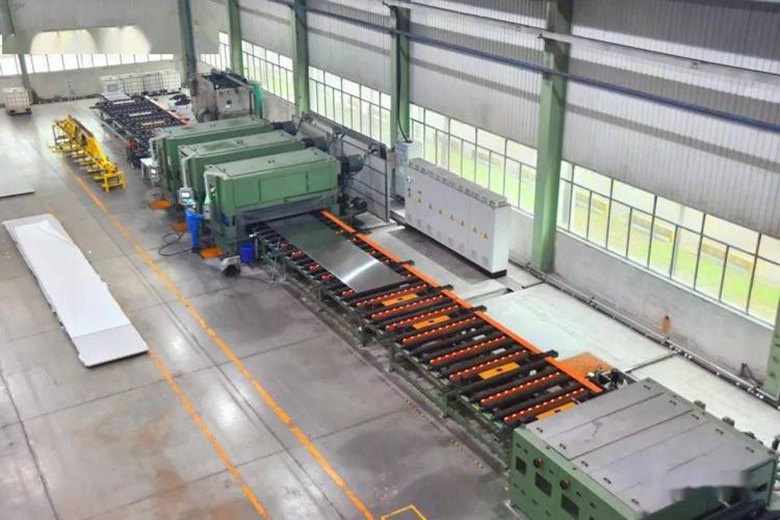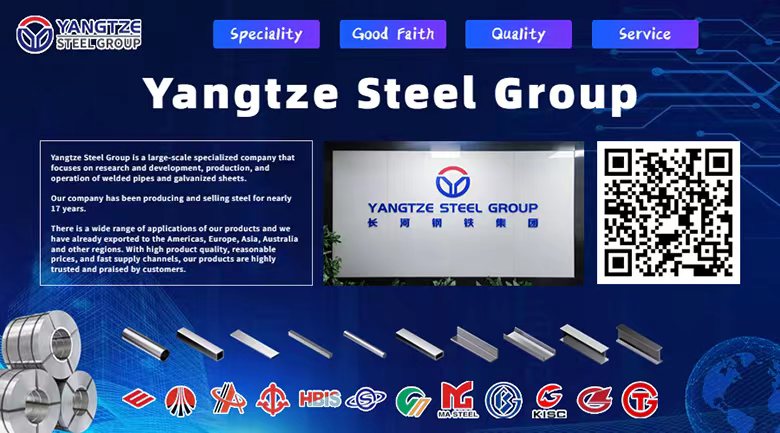Hot-rolled vs. Cold-rolled Stainless Steel Plates
Stainless steel plates are divided into two types according to the process in the manufacturing process: hot rolling and cold rolling.
1. Hot-rolled stainless steel plate
Hot rolling is carried out under high temperature conditions, usually rolling stainless steel at the recrystallization temperature (about 900°C or above). The heated steel has good plasticity and is easy to form, but due to the influence of high temperature, scale and tiny defects may appear on the surface.

2. Cold-rolled stainless steel plate
Cold rolling is carried out at room temperature, and the steel is first hot rolled and then further rolled after cooling. This makes the cold-rolled plate have more precise dimensions, smoother surface and higher hardness.
Features | Hot-rolled stainless steel plate | Cold rolled stainless steel plate |
Manufacturing process | High temperature rolling, | Rolled at room temperature, |
Surface quality | Rough surface, need further treatment | Smooth surface, high finish |
Mechanical properties | Low strength, but good toughness and ductility | High strength and hardness, suitable for high-strength applications |
Application areas | Buildings, bridges, mechanical equipment, etc. | Home appliances, auto parts, food containers, decorations, etc. |
Price | Relatively low | Relatively high |
Hot-rolled and cold-rolled stainless steel plates each have their own advantages, and the specific choice should be determined based on application requirements, such as surface quality, dimensional accuracy, and mechanical properties

.








